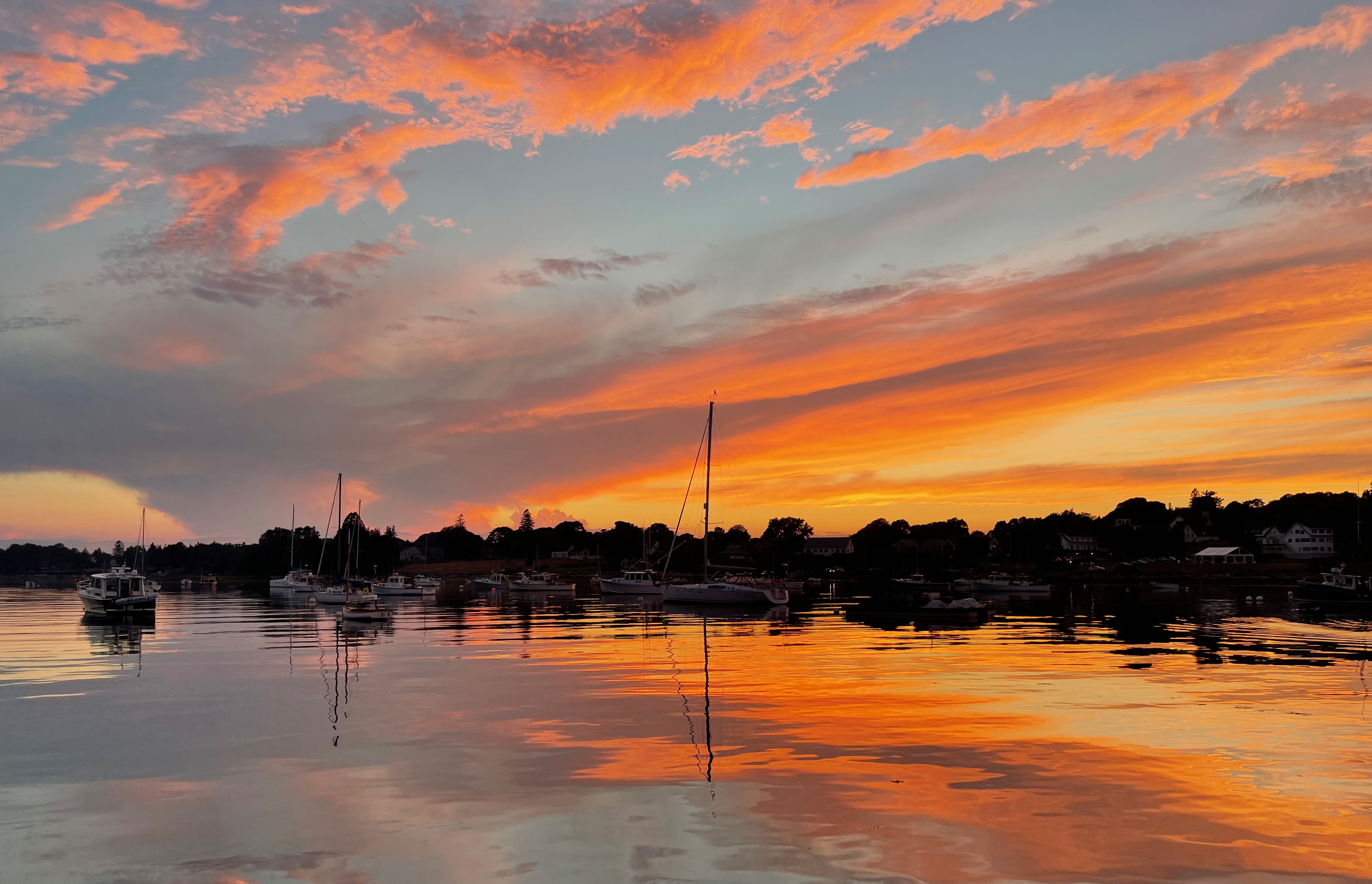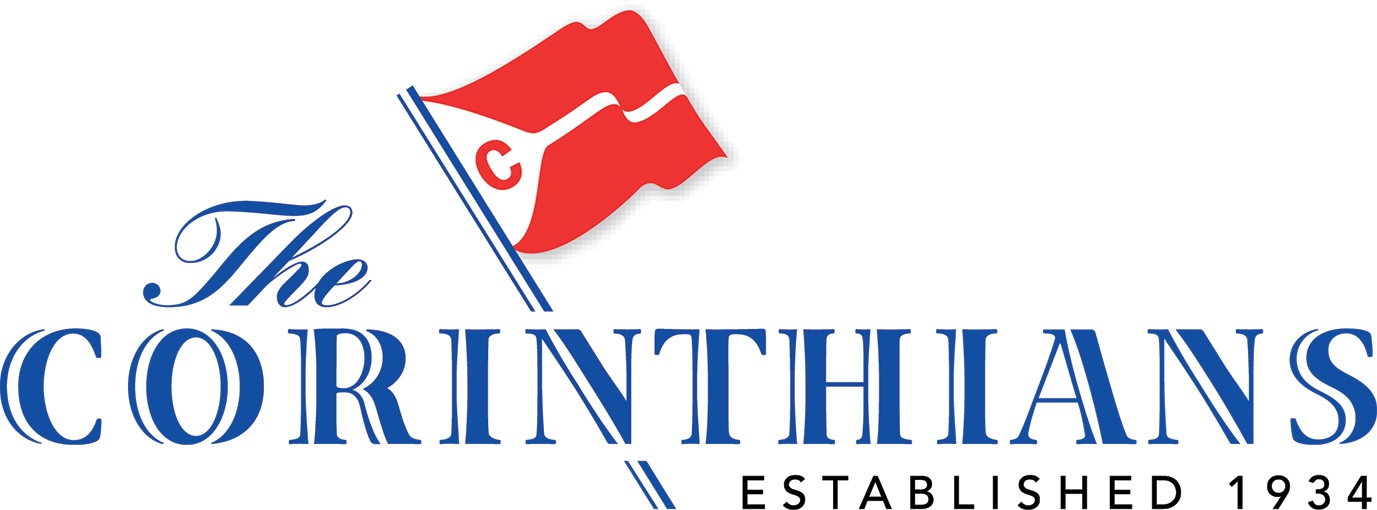Thoughts on the Art of Anchoring
The following Thoughts on Anchoring and Rafting were authored at the behest of The Corinthians 2022 Annual Cruise Committee. It is good advice for any cruise.
Note: There is some rumor that Dick Woods ran the pen behind these comments.
The Art of Anchoring
When you look to pick your spot in a harbor at high tide and see a peaceful spot in the anchorage devoid of boats, there is probably a good reason! Watch your charts. Entering at low tide is easier because the hazards can usually be seen. In addition, be sure your anchor is well set; some areas may have kelp beds.
We all know the importance of scope, that it should be measured from deck height and should presume water depth at high tide. Due to the crowd of boats in some anchorages, we may be tempted to use less scope than the usual 7 to 1 in order to reduce swinging room. If you do, at least set your anchor on a long scope before you shorten up and be especially sure to use an appropriate anchor for the bottom. An all-chain rode, or at least a long piece of it in front of the nylon line, is a help here. The traditional "kellet", a weight sent down the rode on a messenger line, can also be helpful in improving the holding power of a shorter rode.
If you are anchored first, you have the right to tell a newly arrived boat if you feel it is anchoring too close, over your anchor, or within your swinging circle (especially if your scopes are different lengths, chain versus rope, two anchors versus one, kellet vs plain rode, etc.). The recent arrival has a duty to respond immediately.
SV Onward Comments on Anchoring
The advent of modern scoop-shaped anchors with sharp weighted tip (Manson Supreme, Rochna, etc.) have significantly changed the art of anchoring. These anchors dig in quickly in all kinds of bottom conditions. They like “gentle” setting to enable time and the physics of the shank and scoop design to allow it to dig down vice plow a trough when dragged at high speed. With the prevalence of all chain anchor rodes on contemporary yachts the need for double anchoring and need for a kellet is out.
Maine geology is in our favor as the rocky shores have provided a lot of good clay-laden mud to line the bottom of most anchorages.
Beware of kelp beds as they can inhibit even the scoop anchors from setting properly.
Use an anchor alarm on your chartplotter or smart phone / tablet
SV Onward’s Anchoring Practice
1. Select the spot where you want to drop the anchor – so the boat will be positioned to swing in the desired area.
2. Stop boat motion; place a waypoint at boat location; put out enough chain for a scope of ~3:1
3. Let the wind / current take command to stretch out the rode and begin to set the anchor. Monitor the distance to waypoint (DTW) to assess anchor set – it should become steady.
4. Let out additional rode to get the desired scope (depending on conditions, more is better).
5. Let vessel, rode, wind, current settle – monitor the DTW to check set.
6. Gently back down on the anchor – monitor the DTW to check set.
7. When satisfied with set, move the anchor waypoint along the vector from boat to waypoint to get a DTW = scope + boat length.




